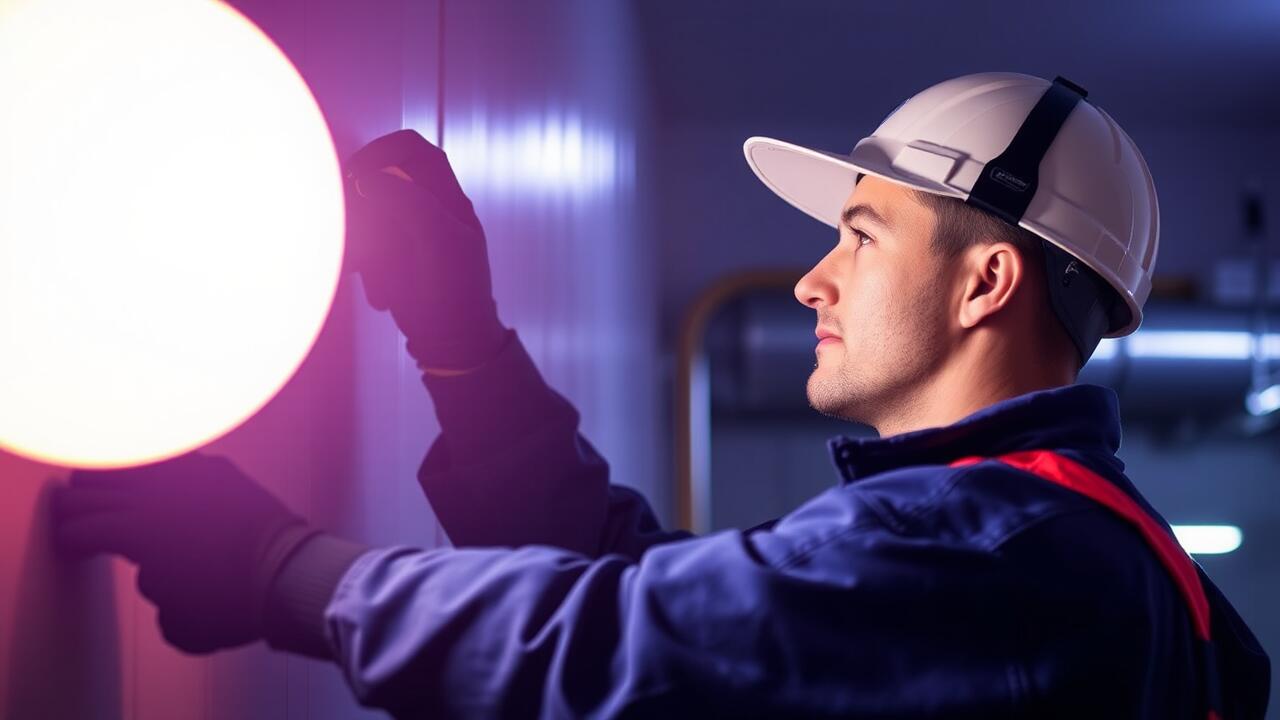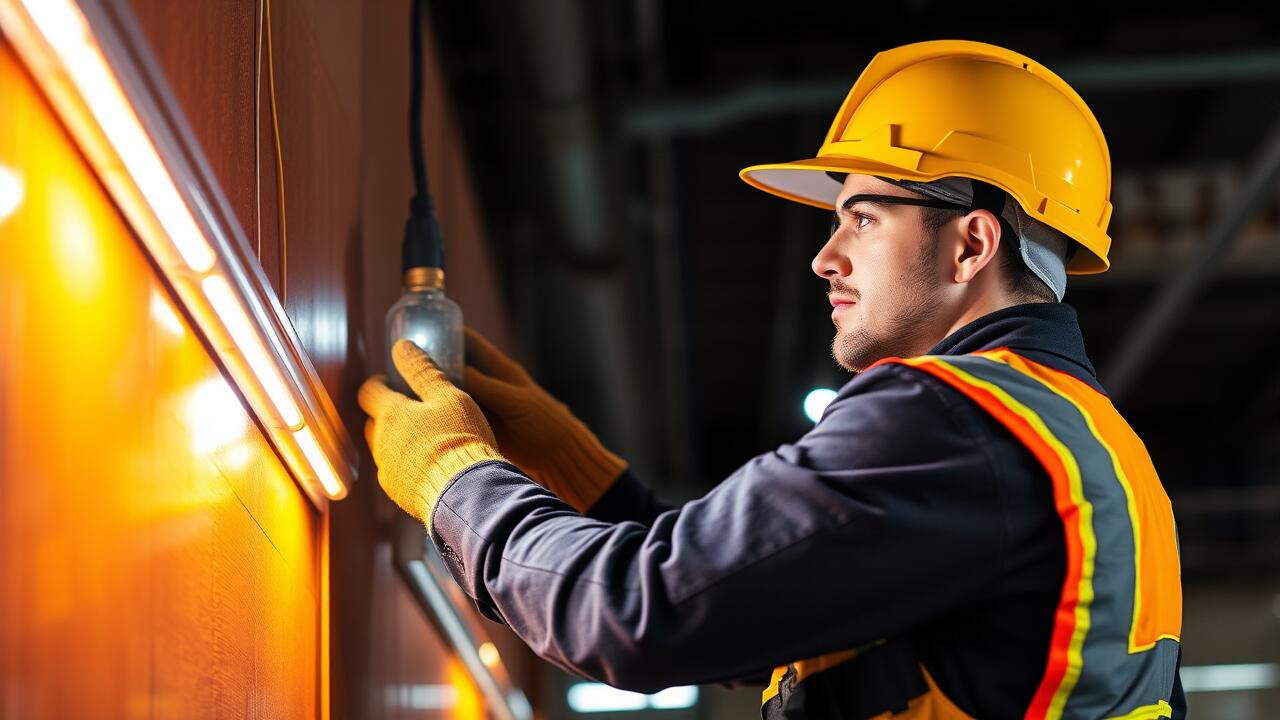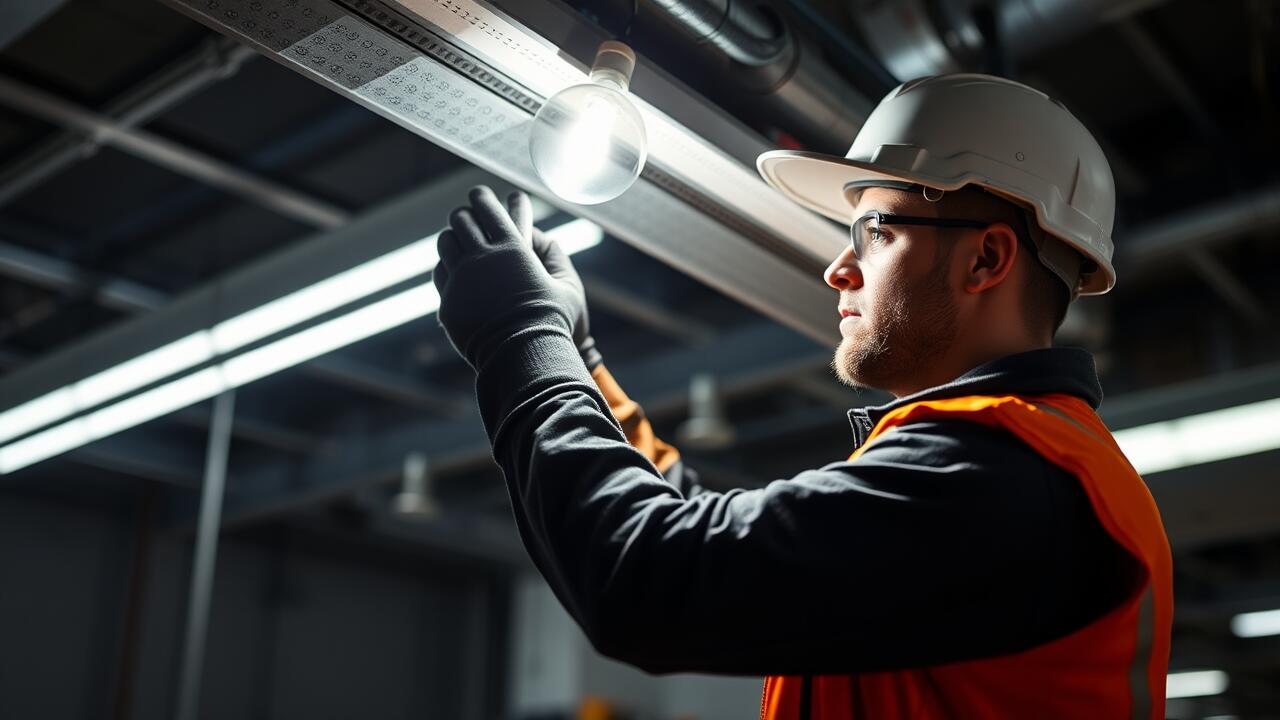
DIY vs. Professional Installation
When considering lighting installation in Gulfton, Houston, homeowners often face the choice between DIY projects and hiring professionals. DIY installation can be a rewarding experience for those with a knack for home improvement. It allows for a personalized touch and can result in cost savings. However, it requires a good understanding of electrical systems and safety precautions. Missteps can lead to safety hazards or functionality issues, which could negate any financial benefits.
On the other hand, professional installation brings a level of expertise that ensures the job is done correctly and efficiently. Professionals can offer insights into the latest lighting trends and technologies, enhancing the overall aesthetic and functionality of a space. While the upfront costs may be higher, the assurance of quality workmanship and adherence to local building codes can provide peace of mind for homeowners. Making the right choice depends on individual skill levels, comfort with electrical work, and budget considerations.
Weighing the Pros and Cons
When considering lighting installation, one must evaluate the benefits and drawbacks of DIY versus professional services. DIY installation can offer cost savings, providing an opportunity for individuals to express their creativity. However, it also carries the risk of potential hazards, errors, and inefficiencies that may arise from a lack of experience. Professional installation ensures safety and adherence to local codes, particularly important for complex lighting setups.
Another factor to consider is the long-term impact on energy efficiency. Choosing energy-efficient lighting options can significantly reduce electricity costs over time. This is particularly relevant in areas like Kingwood, Houston, where climate conditions necessitate effective lighting solutions. Individuals must weigh the initial investment against potential savings, determining which approach best aligns with their budget and sustainability goals.
Common Lighting Installation Techniques
Various techniques are employed during lighting installations to achieve optimal functionality and aesthetics. One common approach is recessed lighting, which involves embedding fixtures into the ceiling to create a seamless look while providing ample illumination. This method is especially effective in modern homes, as it maintains a clean appearance and maximizes ceiling space. Pendant lights are another popular choice, offering both style and versatility. These fixtures can serve as focal points in a room, especially above kitchen islands or dining areas.
Fixtures can also be strategically layered to enhance the overall ambiance of a space. Combining ambient, task, and accent lighting helps create a balanced environment. For those interested in more elaborate installations, track lighting offers flexibility, allowing homeowners to adjust the positioning of light sources according to their needs. In regions like Kingwood, Houston, seeking professional assistance ensures that lighting installations comply with local codes and maximize energy efficiency while addressing aesthetic preferences.
Popular Methods for Effective Lighting
Effective lighting methods often blend both aesthetics and functionality. Consider using layered lighting techniques, which involve a combination of ambient, task, and accent lighting. This approach not only creates a warm and inviting atmosphere but also ensures that different areas serve specific purposes, enhancing both the visual appeal and usability of the space.
In areas like Kingwood, Houston, utilizing LED fixtures can significantly improve energy efficiency while providing high-quality illumination. Incorporating smart lighting controls allows for greater flexibility in managing light levels. Integrating these methods can transform your living spaces, making them both practical and visually striking while contributing to sustainable energy practices.
Energy Efficiency in Lighting Installation
Energy efficiency should be a top consideration for any lighting installation. With the rise of eco-consciousness, many homeowners and businesses are seeking ways to reduce energy consumption and lower utility bills. LED lighting has become a popular option due to its long lifespan and reduced energy usage compared to traditional incandescent bulbs. Moreover, properly planned lighting layouts can enhance natural light use and ensure that artificial lighting is only utilized when necessary.
In areas like Gulfton, Houston, adopting energy-efficient lighting strategies can significantly impact both the environment and individual energy costs. Incorporating smart lighting controls, such as timers and motion sensors, enables users to optimize when and how lighting is used throughout the day. When implementing these technologies during a lighting installation in Gulfton, Houston, individuals contribute to a sustainable future while enjoying the financial benefits of reduced energy expenses.
Choosing Eco-Friendly Options
Selecting eco-friendly options for lighting installation can significantly reduce energy consumption and lower utility bills. LED bulbs are a popular choice due to their long lifespan and efficiency. These bulbs utilize less energy than traditional incandescent lights, making them a cost-effective solution. Additionally, many manufacturers offer a variety of styles, allowing homeowners to maintain aesthetic appeal while opting for sustainable choices.
For those considering Lighting Installation in Kingwood, Houston, exploring solar-powered lights is an excellent alternative. These fixtures harness sunlight during the day and illuminate outdoor spaces at night without drawing from the electrical grid. Incorporating smart lighting systems further enhances energy savings. These systems can be programmed to adjust brightness based on occupancy, ensuring that energy is not wasted in unoccupied spaces.
FAQS
What is a lighting installation?
A lighting installation refers to the process of setting up lighting fixtures and systems in a space to provide illumination and enhance the overall aesthetic. This can include everything from ceiling lights and lamps to outdoor lighting and smart lighting systems.
What are the main differences between DIY and professional lighting installation?
DIY lighting installation allows homeowners to save money and have creative control, but it requires a good understanding of electrical work and safety. Professional installation ensures adherence to safety standards and often results in a more polished finish, though it can be more expensive.
What factors should I consider when deciding between DIY and professional installation?
Consider your skill level, the complexity of the installation, safety concerns, and your budget. If you are comfortable with electrical work and the project is straightforward, DIY might be suitable. For more complex systems or if you're unsure, hiring a professional is advisable.
What are some common lighting installation techniques?
Common techniques include recessed lighting, pendant lighting, track lighting, and wall sconces. Each method can create different effects and serve various functions in a room.
How can I make my lighting installation more energy-efficient?
To enhance energy efficiency, consider using LED bulbs, installing dimmer switches, and utilizing smart lighting systems that can be programmed to reduce energy usage. Additionally, choosing fixtures that maximize natural light can contribute to overall energy savings.




